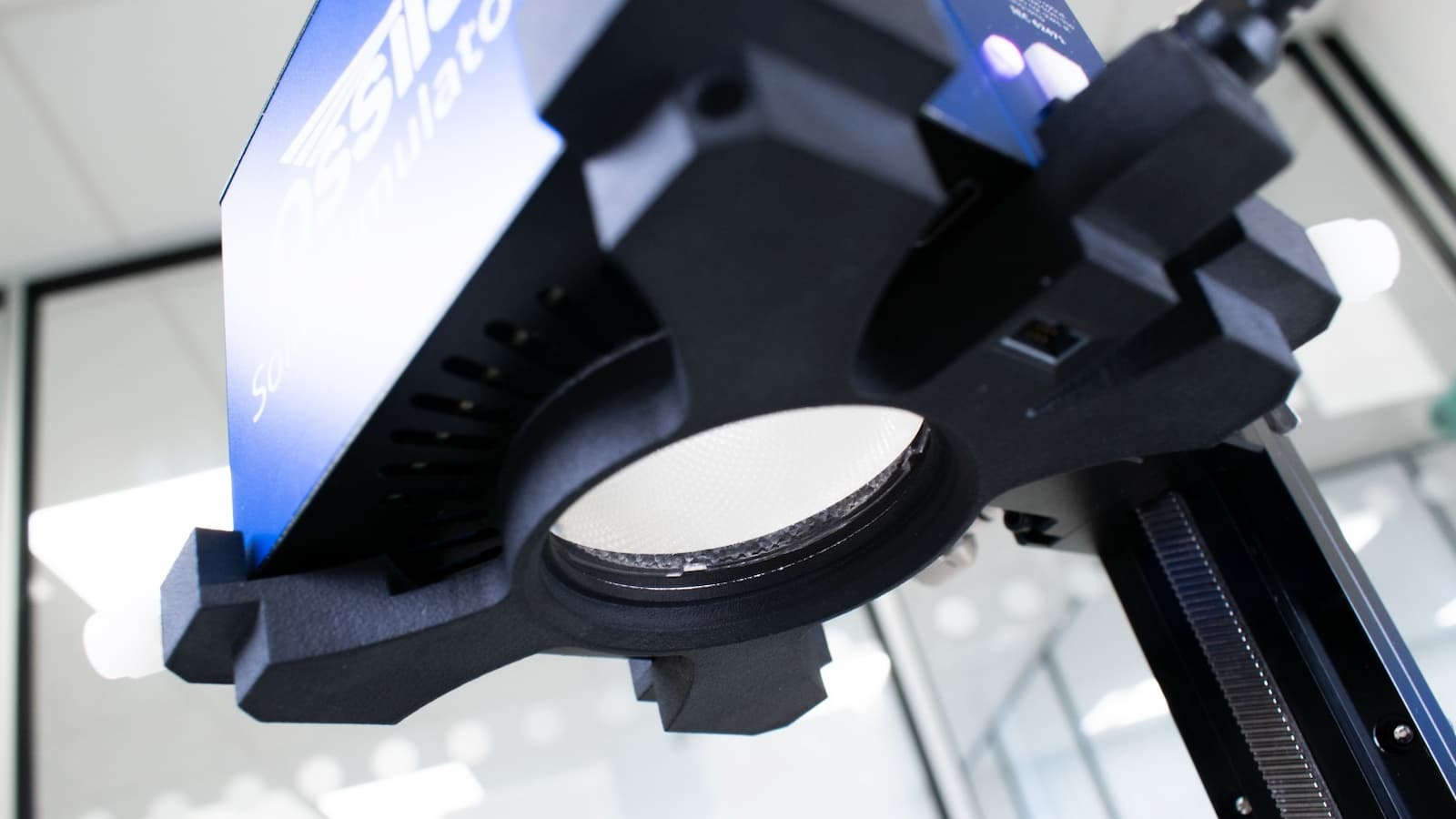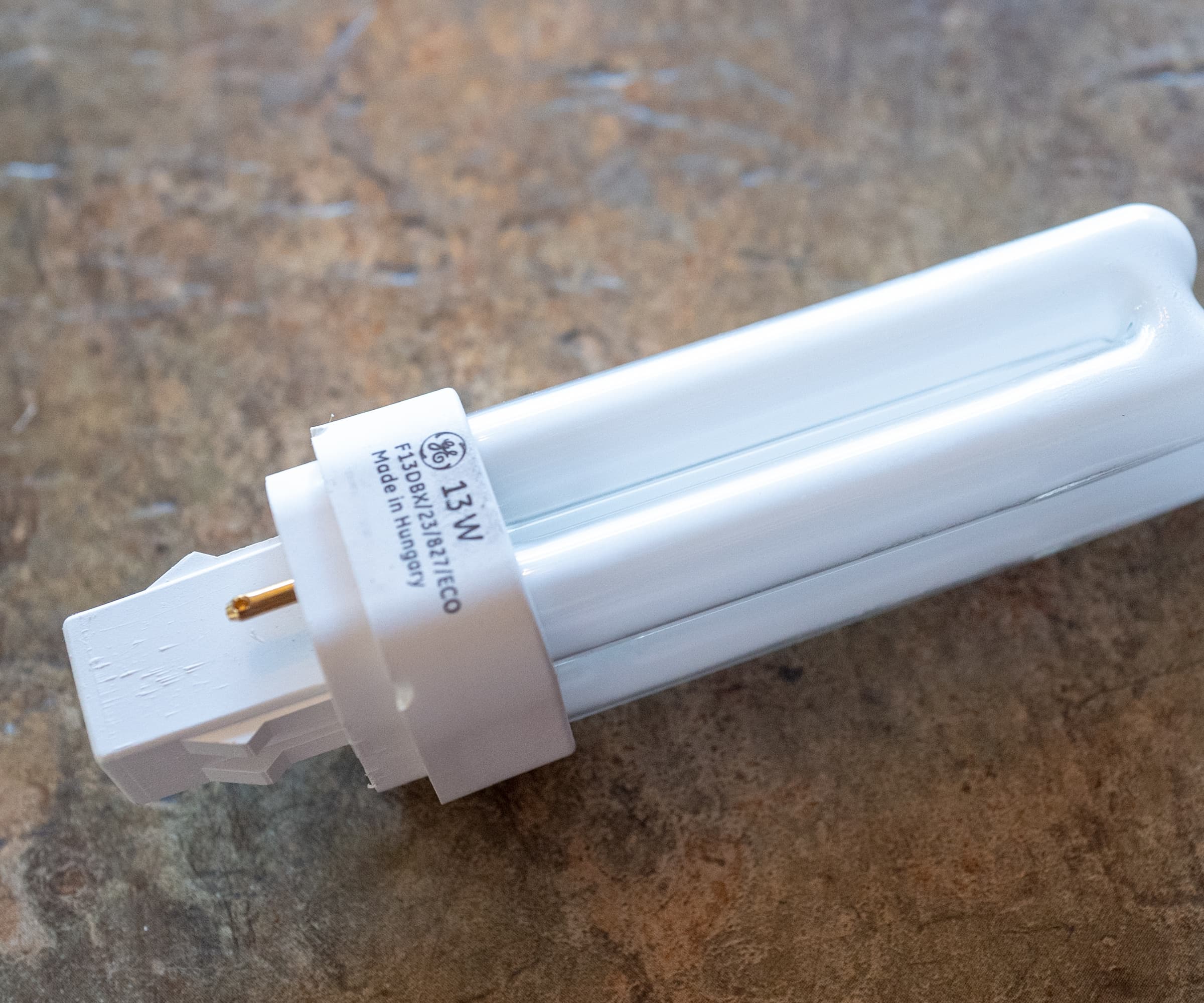How indoor solar panels could power the next generation of smart devices
New indoor solar panel technology could offer a potential power source for low-energy devices using everyday indoor lighting

Indoor solar panels are gaining momentum as a smart solution for powering low-energy electronic devices.
Unlike traditional solar panels, these are designed to harvest electricity from artificial light sources like LED and fluorescent bulbs.
The technology could help reduce battery waste and enable more sustainable, self-powered devices across homes.
A new energy source for everyday devices
Indoor solar panels are ideal for small devices that need to run continuously, such as remote controls, smart thermostats, or environmental monitors.
These applications don’t require much power, but they do require reliability and low maintenance.
Ossila, a UK-based scientific equipment and materials manufacturer that supplies research tools to labs and developers worldwide, is at the forefront of this innovation.
According to the company’s Digital Marketing Associate, Imogen Pass: “Indoor solar panels are emerging as a smart solution for powering small, low-energy devices that need to run continuously - like sensors and smart-home systems.”
Bring your dream home to life with expert advice, how to guides and design inspiration. Sign up for our newsletter and get two free tickets to a Homebuilding & Renovating Show near you.
Lightweight, flexible and sustainable

Indoor solar panels differ from traditional outdoor panels by harvesting energy not from sunlight, but from the artificial lighting commonly found indoors- like fluorescent bulbs and LED lights.
These panels use advanced materials specially engineered to absorb the specific wavelengths and lower intensity of indoor light.
When the light hits the solar PV cells, it excites electrons in the material, generating electricity that can power small, low-energy devices continuously without relying on batteries or plugs.
Their lightweight, thin, and sometimes flexible design makes them easy to integrate into compact devices. According to Imogen Pass, Digital Marketing Associate at Ossila: “Many of the new solar materials which work well in indoor light conditions can make devices that are flexible and lightweight. Combined with artificial intelligence, indoor solar could enable fully autonomous devices that are energy self-sufficient, low-maintenance, and more sustainable by design.”
Standardised testing for real-world light
One of the biggest challenges in developing indoor solar is ensuring consistent performance under varied lighting.
To address this, Ossila uses calibrated indoor light simulators that replicate standard lighting conditions for testing new panels.
“By ensuring that all devices are tested under pre-defined lighting conditions, researchers can better guarantee consistency and quality in device performance,” Pass explained.
This kind of quality control is key to moving from lab success to real-world adoption.

News Editor Joseph has previously written for Today’s Media and Chambers & Partners, focusing on news for conveyancers and industry professionals. Joseph has just started his own self build project, building his own home on his family’s farm with planning permission for a timber frame, three-bedroom house in a one-acre field. The foundation work has already begun and he hopes to have the home built in the next year. Prior to this he renovated his family's home as well as doing several DIY projects, including installing a shower, building sheds, and livestock fences and shelters for the farm’s animals. Outside of homebuilding, Joseph loves rugby and has written for Rugby World, the world’s largest rugby magazine.
